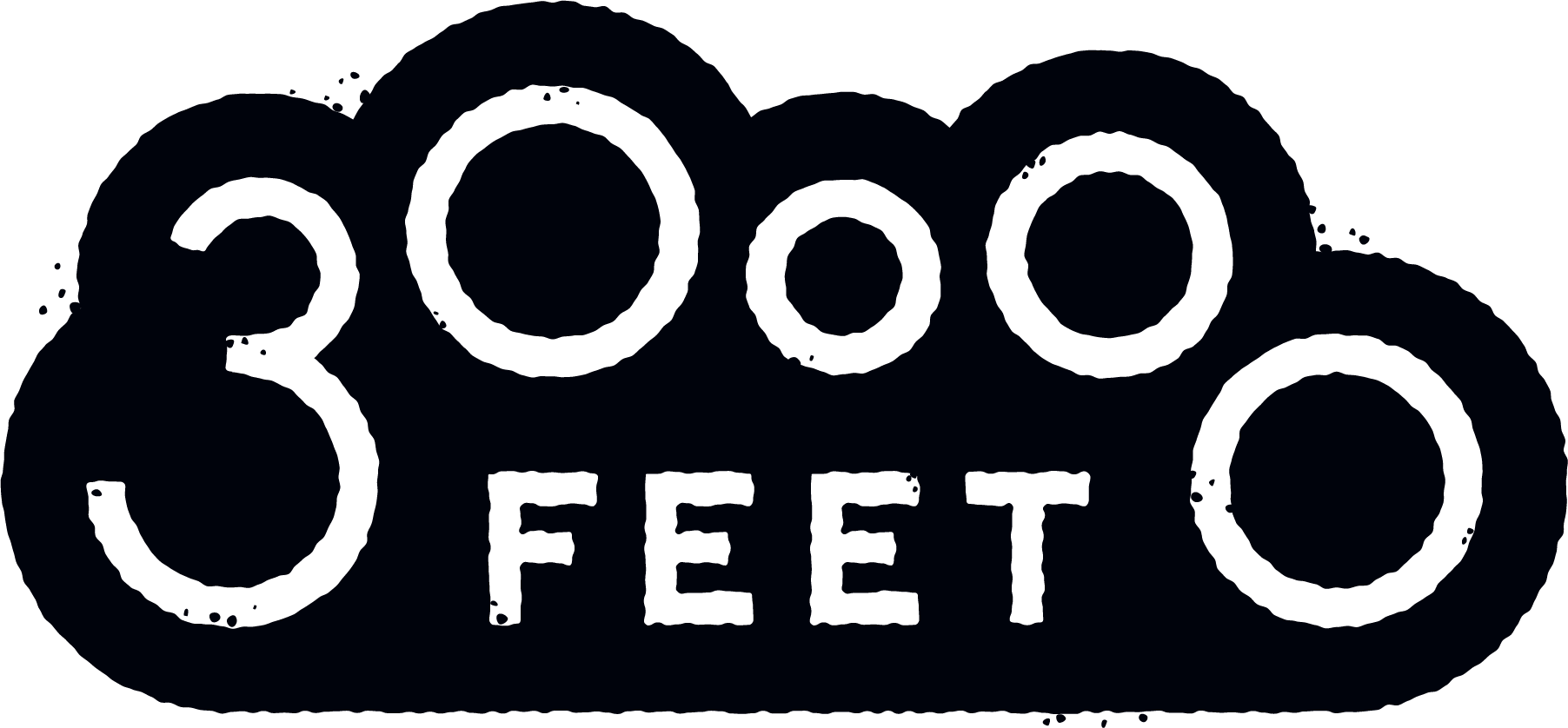Why Marginalized Students Cannot Wait For the Teaching Force To Become More Diverse
Oct 12, 2020
Before COVID 19 every 26 seconds a student is pushed out of America’s highschools on average that’s 7,000 students pushed out each day.As we continue another school year under pandemic learning, we understand that the lack of access to internet equipment will affect those the most who are living on the margins. As elementary youth are expelled and suspended in the first month of school for disruptive behavior or not turning on their camera during a zoom call, even more students will be discouraged, and pushed out of America’s classrooms. We have to look at why marginalized youth cannot afford to wait for a 80% white teaching force to become more diverse.
Langston Hughes poem, “What happens to a dream deferred?” is a reference to the disparities marginalized youth face in education.
African American students are denied access to the factors that produce high quality education opportunities. Students suffer because of adult centered policies like Last In First Out (LIFO). LIFO revokes diverseteachers access to a classroom. Standardized testing fiercely takes over the excitement in learning and incoherently removes the purposeof education in the first place. Standardized testingalso strips our students of dignity as they fail to perform well on tests.
What kinds of graduates does America need to produce to become economically thriving? How can our nation build and sustain a vibrant and innovative culture?
How much of our teaching force can become equipped as culturally responsive educators and by what means? When or how can we introduce more diverse educators into our classrooms or other places of learning? Can we teach the type of education needed to fix the complex community and societal problems racial America is faced with today?
Reimagine with us a little. What would diversifying the teaching force look like for marginalized students if you could make a significant change in tomorrow’s classroom?
Some things we believe are solutions to the problems discussed above are:
- Culturally relevant and responsive assessments
- Improving or changing policies and systems that push students out of classrooms
- Training and professional development for all educators in our schools, educational institutions.
- Provide wrap around services for marginalized families
In our quest in the right direction in reimagining what equality looks like for all students in education, we must understand the ramifications if we are not able to provide an equitable education for all students.
https://courses.lumenlearning.com/suny-educationalpsychology/chapter/issues-with-standardized-tests
https://www.shiftelearning.com/blog/why-you-should-spend-more-time-with-your-learners
Going Public with Assessment: A Community Practice Approach by Author(s): Kathryn Mitchell Pierce; Rosario Ordoñez-Jasis
https://store.ncte.org/book/going-public-assessment-community-practice-approach-ebook
https://teach.com/what/teachers-know/learning-styles/




